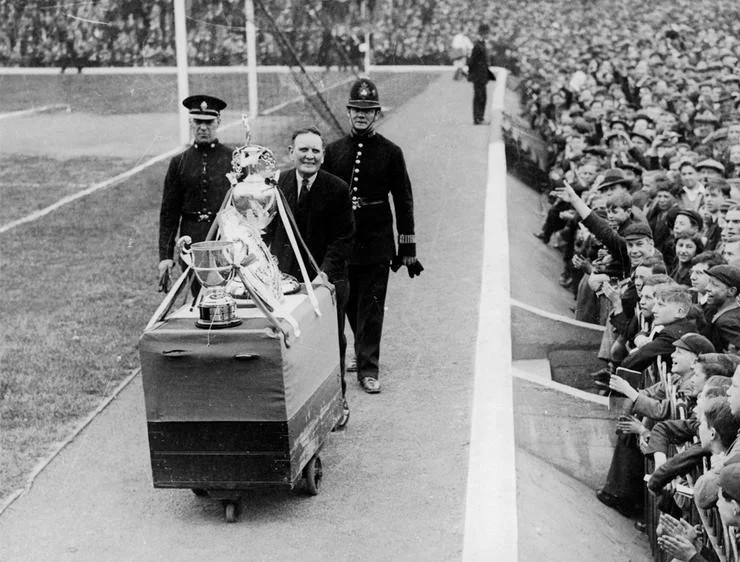Tuol Sleng: School of slaughter
In Cambodia’s Phnom Penh, a dark warning of human inhumanity.
Tuol Sleng was a high school until 1975, when the Khmer Rouge took control of Cambodia and turned it into a factory of torture and death. It’s fatuous to rank dictatorships but from the off, these murderous revolutionaries had the whiff of the genuinely insane.
They evacuated Phnom Penh and other major cities, forcing the population to farm the land in pursuit of unachievable food-production targets. Talk about being bombed back to the Stone Age; these idiotic ideologues marched their people at gunpoint back through the industrial revolution and enlightenment to the agricultural age.
Tuol Sleng, 2017.
They were dogmatically anti-educational: anyone with glasses or soft hands was deemed an intellectual, eligible for torturing into admissions of things they hadn’t done. Much of that torture took place at Tuol Sleng, which they renamed Security Prison 21. Rather less artlessly, the few locals left in the capital city called it “the place people go into but don’t come out of.”
Beyond the climbing frame is a more sinister construction — but not, as you might imagine, gallows. Prisoners would not be hanged but hung by arms pinned behind their backs for hours, the better to extract information.
Now tourists go in and come out ashen-faced, their senses thoroughly doused by an exhaustive audio commentary and unforgettable images: this is a museum which keeps its punches unpulled and its holds unbarred. The first of the four concrete blocks around the sun-dappled, arboreal courtyard housed the interrogation cells. Each room is bare except for the iron bed to which victims were manacled, and a monochrome photograph of the state in which its final occupant was discovered by the liberating, largely Vietnamese army in 1979. One of the bed-heads has an Art Deco sunburst. The tiles across which used to squeak the chairs of children are now stained with blood.
Once the confessions had been extracted, with names for further investigation, the victims were almost unilaterally executed — in such numbers that by 1976 the regime took them out to the killing fields, saving precious bullets by bludgeoning them into death pits.
Nature persists.
And of course, it didn’t work. One anti-intellectual slogan said the only thing you needed to know was how to grow rice. But the enforced labourers decanted from the cities didn’t, no matter how much they were beaten. As the revolution somehow failed to produce the promised glory and thousands started to die of starvation, the machinery of state developed the usual paranoia and turned upon itself: during the latter years of its barbarous career, S-21 was largely peopled with former cadres suspected of plotting against Pol Pot. One of the thousands of photographs — like most totalitarians, the Khmer Rouge were fastidious note-takers — shows a former torturer, himself manacled in the same leg-irons he once used to still the victims of his imaginatively inhuman interrogation. His face tries to project defiance, but his eyes betray his emotions about his inevitable fate.
Some of the very many detention cells.
On it goes, through four horrifically educational blocks, but you get the picture; boy, do you get the picture. The temptation is to say it’s hard for words to do it justice, but what is justice? Pol Pot died in exile, his cadres living to dotage. After amnesty, deputy leader Ieng Sery had the stones to form a new political party. In cahoots with other escapologists, the Khmer Rouge continued to call itself Cambodia’s government in exile until 1993 — and the UN agreed. True, two leaders were charged in 2014 with genocide, which is one guilty verdict per million Cambodians killed. The victims amounted to almost a quarter of the population. Just let that sink in a moment.
One old economics textbook called Cambodia the country that committed suicide. It’s a nice line but it seems a little pat: suicide can be a choice. (Incidentally, the guards at S-21 were very careful to prevent prisoners taking their own lives before giving up information. One detainee managed it by throwing himself from an upper balcony, after which they laced it with barbed wire; another managed his own triumph of free will by grabbing the pen he’d been given to sign his confession and stabbing himself in the throat.)
The barbed wire guarded against the final escape of suicide.
Rather than a suicide planned with the head, this feels more like an aggressive cancer, a nasty little bastard of mindless malignancy that ate away at a quarter of its host. The country survived, as countries do, despite the planet’s indifference. How long until there’s one of these museums in North Korea?
Originally published on Facebook, 20 Mar 2017.












